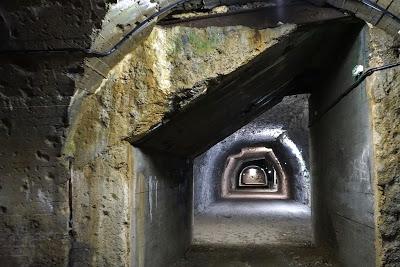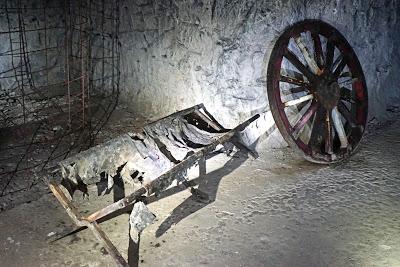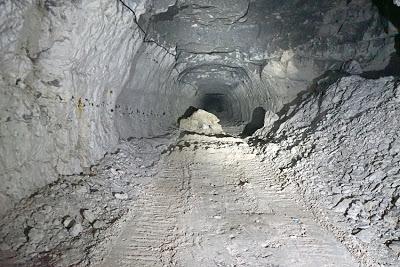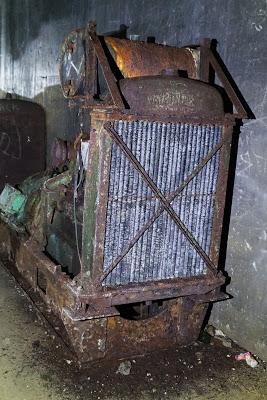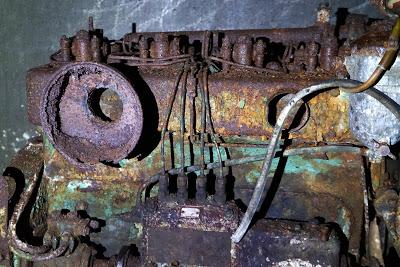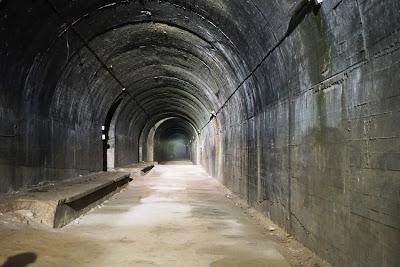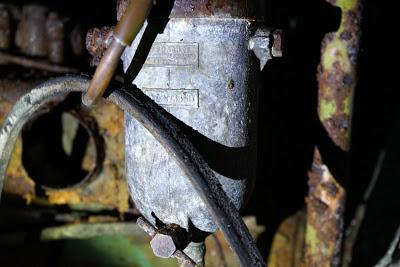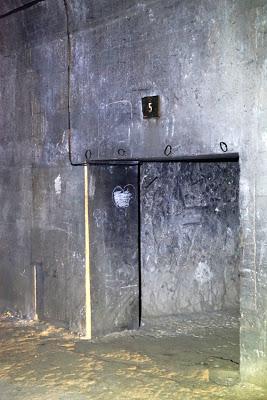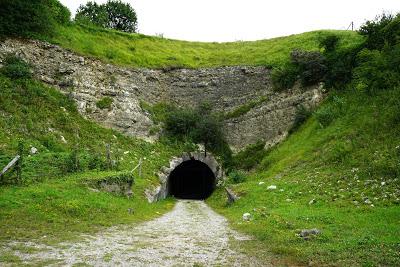
When V2 rockets were fired at London in the final years of the Second World War, the results were tragic. However, the capital was saved from a further destructive weapon, the V3.
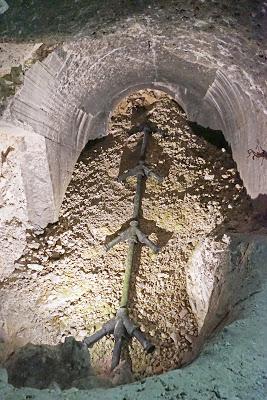
Replica V3 barrel
V stood for Vergeltungswaffe, or 'retribution weapon' rather than any particular type of missile (the V1 'doodlebugs' were flying bombs). V3s were cannon or superguns capable of firing from the Pas de Calais in Northern France to London. Multiple propellant charges along their barrels boosted the projectiles, each with an explosive charge of 55lb.
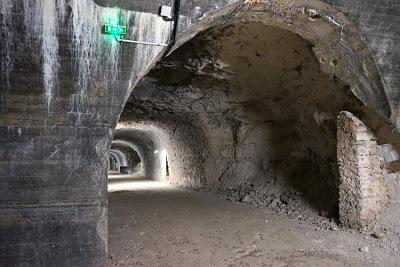
Since the gun barrels would be over 400 feet long, fixed sites were needed with drifts to support each barrel. Near the V1 and V2 launch sites (including the Eperlecques Bunker), a new fortress was built underground at Mimoyecques. It was chosen for its proximity to London as well as being a safe distance from the coast, with its risks of naval and commando attacks.

Construction began in 1943, with the work carried out by a mixture of German mineworkers and other labourers, many forced, including Russian prisoners of war and Polish deportees.

A main central tunnel was reinforced with concrete and had a railway to carry equipment and supplies in and rubble out; the side tunnels and drifts were dug out of the chalk.

The Allies became aware that there was a construction project. Their intelligence and aerial photos couldn't tell them exactly what the project was - they suspected another launch site for V2s - but it was enough for them to target the site. Aerial bombardments followed, and a raid by the RAF's 617 Squadron - of Dambusters fame - finally put the installation out of commission in July 1944.
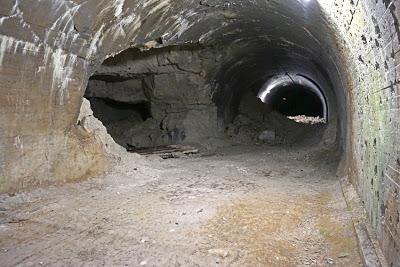
It used Tallboy bombs designed by Barnes Wallis, known as 'earthquake bombs'. These did not explode on impact like conventional bombs, but penetrated the ground at high speed before exploding, producing shockwaves which collapsed the tunnels. Each bomb weighed 12,000 lb and had to be dropped from specially-adapted Lancaster bomber planes.
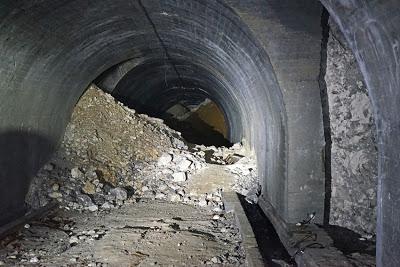
It is not know how many people were killed underground by the bombing. A memorial inside the tunnels commemorates 'the thousands of victims of 18 nations of the 6 July 1944'; the museum guidebook suggests very low numbers. However, the V3 programme was stopped, and a few months later the Allied advance would see the Canadians take Mimoyecques without resistance: the many lives that could have been lost to its guns had been saved.
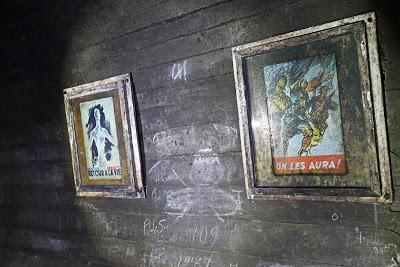
When the true nature of Mimoyecques was established, Churchill said it 'might well have launched the most devastating attack of all on London.' If it had been completed and put into operation as originally planned, it would have been capable of firing 300 rounds per hour at London, targeted on Westminster and aimed at terrorising the population. In fact, there were significant technical problems with these weapons. Bombing and the Normandy landings curtailed the project before these could be overcome.
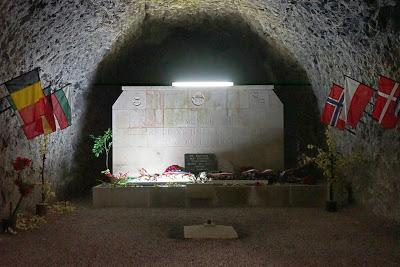
After being used as a mushroom farm, the site was reopened as a museum in 1984: a place to remember those who died within its cold, damp tunnels; the airmen who died attacking it; and the terrible danger from which London was spared.

More incongruously, it is also a nature reserve: home to a large bat colony including several rare species. For that reason, it is closed to visitors during the winter months.
